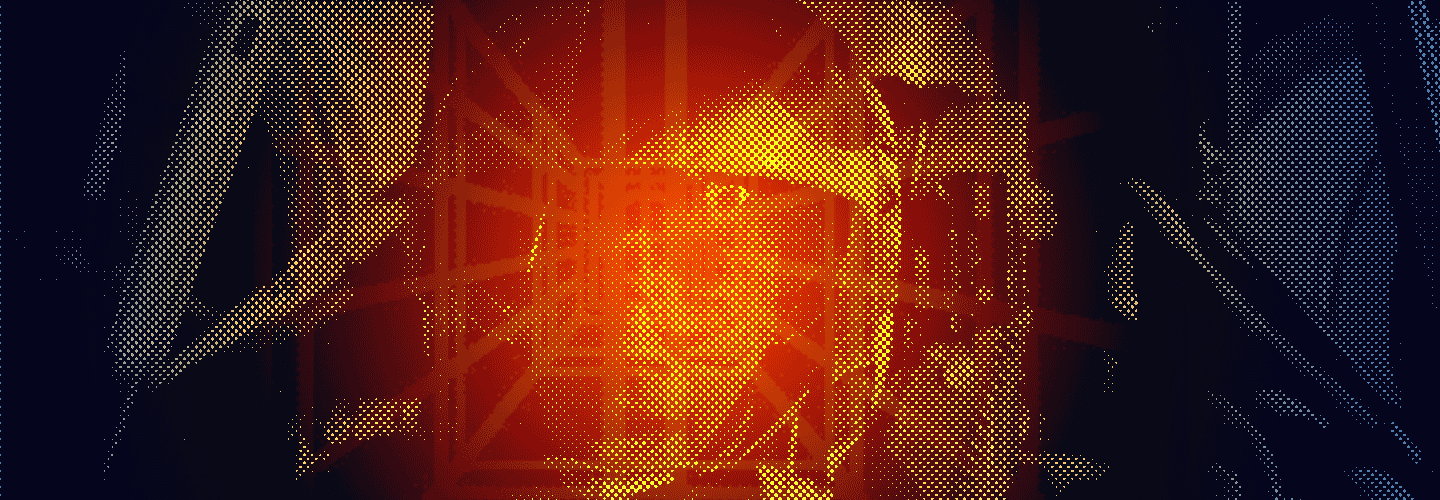Stay on Target: No One Forgets a Designer Who Quits


Q: While consulting, have you become so interested in a project, that at a point, you wanted to ignore the client and make it your own thing?
A: After reading this question multiple times, I still found two potential meanings. Rather than impose my interpretation, I’ll attempt to answer both variants.
Have I ever become so interested in a side project that I wanted to ignore my client work?
Yes, and in ignoring my client work, I did nothing but ruin my reputation and that of my fellow designers.
It’s my experience, both personally and through observation, that designers sometimes have difficulty with focus. Often, in our pursuit to overthink a solution, we can procrastinate which leads to tinkering and getting sidetracked. These pursuits can to get in the way of the work that pays the bills. Before too long you look at your watch and realize you’re way behind in delivering work to your client, and then your professional relationship begins the downward, toxic spiral.
I’ve seen this scenario play out so many times that I can almost guarantee every consultant will go through this at some point. So, let’s talk about how to deal with it, because these divergent paths can sometimes lead to interesting, productive, and lucrative outcomes. The important thing to consider is how to go after these opportunities and inspirations without destroying your consultancy and your reputation.

The bottom line is that no matter what your financial situation is, if you have signed a contract with a client, you must place your priority on your contractual obligations. Getting distracted has nothing to do with the potential opportunity or your level of excitement/boredom and everything to do with your integrity, honor and respect. For without these qualities, your consultancy is worth zilch.
Everyone should tinker — be curious and explore—but never to the extent that it puts your character and business in jeopardy. Spend X amount of time per week on the work that covers your obligations and Y amount of time to pursue your personal interests.
I have known designers who almost killed their company and their reputation by spending too much time sidetracked on their projects. And I know a few who wrecked an amazing future by obsessing about something other than the work in front of them (both as a freelancer and working in-house). If you’re in the middle of this conundrum now, then drop the personal project and get your client work back on track. Map out a daily or weekly plan for how you make good on your contracts.
Destroying a consultancy or company by dropping the ball over and over again is one thing, but ruining your reputation and integrity…that’s almost impossible to get back.
Have I ever become so enamored with a client’s idea that I wanted to make it my own?
As they say in Minnesota, “Uf-da.”
If you haven’t seen the movie Social Network, don’t, it’s a waste of time. However, the plot, based on real events, is applicable here. The premise is that Mark Zuckerberg (CEO of Facebook) was hired as a contractor to build a social network for the client, twin Olympic athletes with a neat idea. Mark took their money and then turned his client’s project into his product. The story goes that Mark’s client project inspired a much more ambitious outcome, so much so that he went off contract and turned it into something beyond the original scope or work. All of this and more resulted in a lot of money exchanged, massive lawsuits, and a lame movie.
While Zuckerberg managed to get his way out of many lawsuits and threats, don’t think you can get away with it. Breaking a contract, especially in these circumstances, can lead to many miles of bad road. Proceed at your own risk and consider that it’s not just money that might be at stake, but your integrity and reputation. Making more money is easy, but repairing a damaged reputation can take a lifetime.
There is an alternative to going rogue: join forces with your client. Combine your ambition and passion with them, not against them.
I know a few people who became so enamored with their client’s ideas that they wanted to dive deeper, go “all-in,” if you will. Instead of ignoring the client, they chose a better path by proposing a way to move forward through a different type of relationship and under different terms. This new relationship, as a partner, not a vendor, provided a mutually beneficial way forward (win, win).
No matter the situation, designers need to fulfill their obligations and be respectful of their client relationships
Side projects are fun and useful, but not to the point of becoming a distraction to your responsibilities. Being a successful contractor requires discipline that won’t ruin your creativity or free-will. For years, I avoided using calendars and to-do lists, because I feared that once I incorporated more discipline, I’d lose the ability to day-dream and tinker, but that’s not the case. That may sound counter-intuitive, but creativity can happen outside of serendipity, it just requires the right preparation and practice.
Responsibility for your client relationships is vital to your growth and success as a designer. It’s not unusual for a client’s project to inspire new ideas and fuel a passion larger than the scope-of-work, but that doesn’t excuse you from your obligations. Ideas aren’t enough to assure success — especially the type that might help you get out of a lawsuit. Be smart and find ways to turn your passion into a win, win.
One last point: No matter the scenario when you join a project — whether as a contractor, member of a studio, or in-house — you need to stay until the work is complete. Jumping ship, before the end of the gig, is one of the worst things you can do for your career. Circumstances be damned; no one forgets a designer who quits, and I can assure you, everyone you leave behind won’t be quiet about it. Always fulfill your obligations.
Whatever you do, don’t be the next wanna-be professional designer who adds another chapter to the book, “We’ve Been Burned by Designers.” That tome is too big as it is.
Greg Storey is a designer, writer, and occasional speaker currently serving as Design Practice Lead for IBM Design. He can be found around the cyberspace as “Brilliantcrank” and is infamous for Airbag Industries.


Member discussion